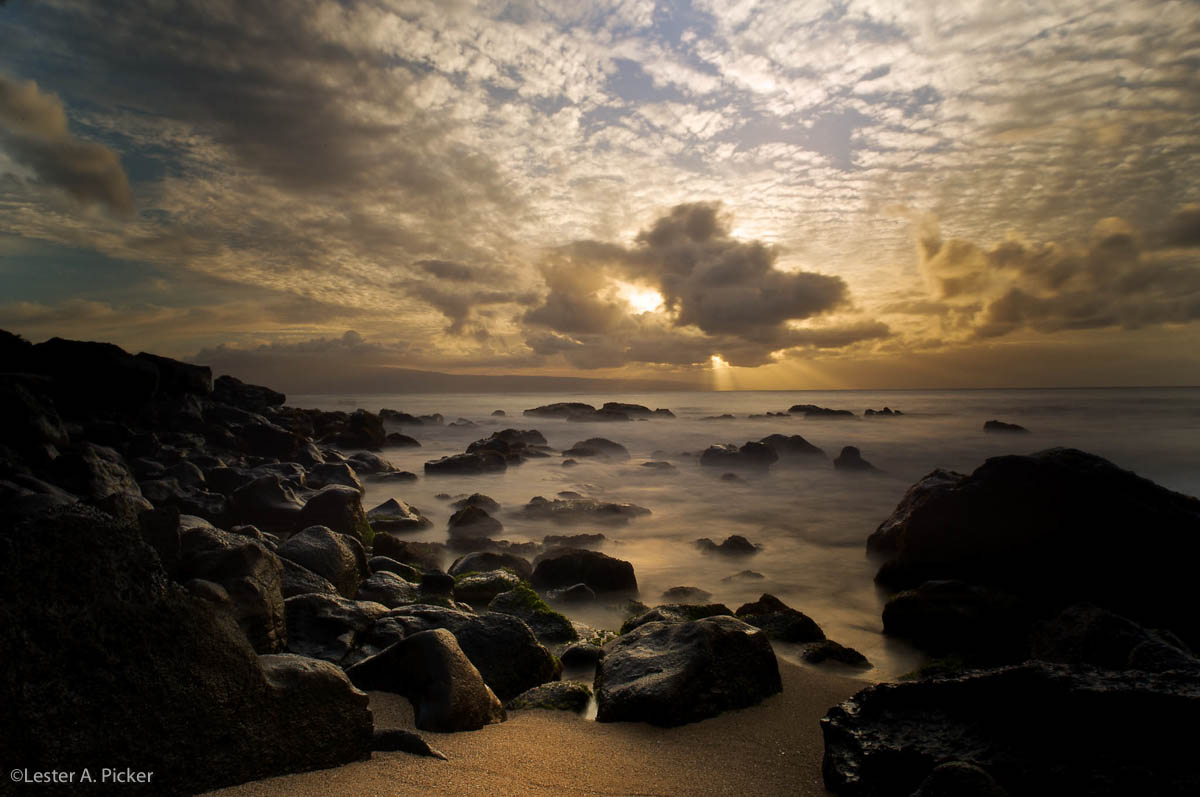
The Other Side of Maui
I return to Hawaii each year in February, in the midst of the annual whale migration here for calving and mating, a sight I never tire of. The whales, in turn, bring scads of tourists, some to see the whales and most just escaping the miserable winter weather back home, wherever that may be.
As for me, it is mostly about photography assignments and hiking, although this year I am using the majority of my time here to work on the third book in my Ancient Egypt series of novels.
People often ask me for recommendations on Maui; where to stay, where to eat, where to hike and where to capture images. That last one is the hardest for me to answer, because so much of Maui is drop-dead gorgeous. When we think of the beautiful scenics on Maui, the drive to Hana comes to mind, and I do love that drive and its spectacular waterfalls and waterscapes.
I also love Haleakala and the scenic desolation of its immense, ash-filled, ethereal crater. Or the Oheo Gulch area of Haleakala National Park. Another favorite of mine is the drive back from Oheo Gulch toward Kahului where landscape after landscape dazzles the photographer’s eye. But right here I’ll say it… in the running for my favorite area is northwest Maui, far north of Kaanapali and Kapalua.
The northwest part of the island is where you will find the West Maui Mountains, which is recorded as the second rainiest place on earth. But don’t let that statistic fool you, because the rain is mostly confined to the mountaintops, where the lush vegetation captures the moist ocean air. Although it does rain more here than in Wailea, for example, there are ample dry days for photography.
Here is an undeveloped Maui. In places you can imagine what the islands were like a thousand years ago. There are no hotels to mar the coastline where waves pound the rocky shore after traveling thousands of uninterrupted miles across the Pacific. There are pristine meadows and jungle so lush you cannot possibly just walk through them without a machete. Yes, there are tourist stops, but if you avoid them you can find your own slice of paradise awaiting your unique interpretation.
You just take Route 30 and drive from Lahaina, the ancient capital of Hawaii, and continue north and west before you get to the northernmost point on the island and the road turns sharply east. Once past Kapalua the road narrows to two lanes as it runs along the cliffside and you negotiate curve after curve, ooh-ing and aah-ing at every vista. The speed limit is 15 MPH with no possibility of passing and you’ll thank your preferred god (or goddess) for that at least a few times during the drive. There are guardrails and the drive is safe, at least until you get past mile marker 41 and the road becomes a one-lane, steering-wheel-clenching, gravel road with precipitous drops to the ocean. I do not recommend driving on that section of road. Several recent fatalities tend to prove my point.
But there are ample photo opps all along the road and ample turnouts to accommodate cars. I recommend leaving early in the morning. The sun will be in your face as you turn east, but looking back you’ll have the sun at your back and cliffs that flame golden. On that rare clear day you’ll see the impressive sea cliffs of Molokai just a few miles away.
So enjoy the many faces of Maui, but if you are a photographer, make sure to take advantage of what the northwest tip offers. You’ll either curse me as you negotiate the curves, or thank me when you review your images, or maybe a bit of both.